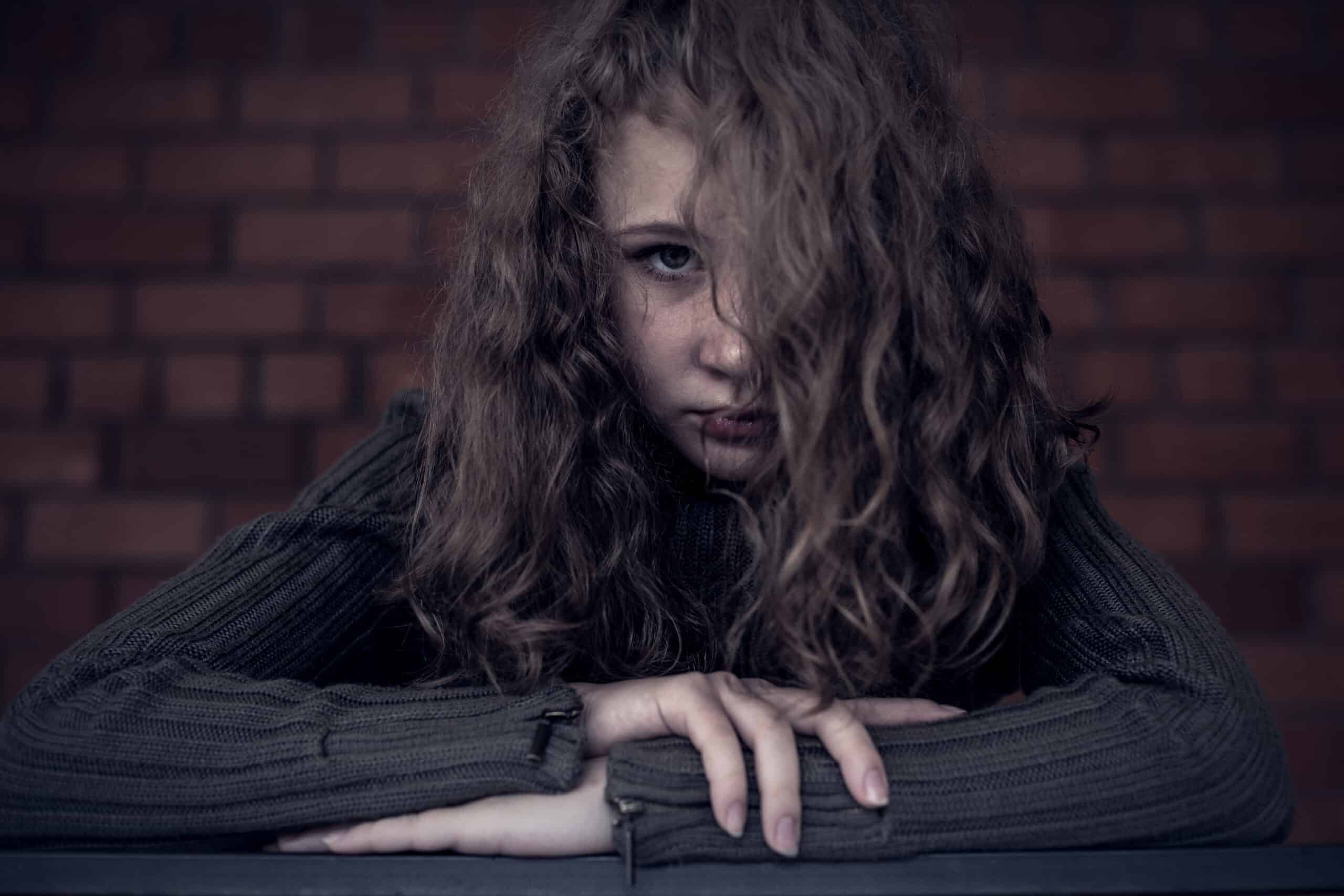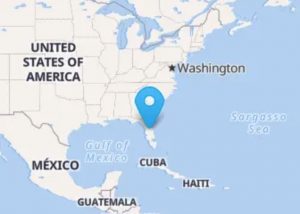To Call
Seeking out a residential school for your troubled girl? Our Central Florida residential treatment center for girls has much to offer.
If your daughter is struggling, you will want to find the best
treatment to help her. Providence Pass near Orlando helps
girls from across Florida.
- Beautiful Home & 20-Acre Ranch
- Individual, Family & Group Therapy
- Fun Recreational Activities
- Academics & Skill Building
- Equine Assisted Therapy

We Help Teens
With Cutting Disorder
Self-harming behaviors, including cutting, are more prevalent among teenage girls. Cutting Disorder is a form of self-harm where individuals intentionally harm themselves by cutting or scratching their skin.
Teenage girls may be particularly susceptible to self-harm for several reasons. During this developmental stage, they often face intense emotional challenges such as peer pressure, academic stress, body image concerns, and relationship difficulties. These factors, combined with the struggle to effectively communicate and regulate emotions, can lead some teen girls to turn to self-harm as a maladaptive coping mechanism.
It’s important to provide targeted support and intervention to help them find healthier ways to manage their emotions and navigate the underlying issues contributing to self-harm behaviors.
Factors That May Influence This Behavior
There is no single, definitive reason why some teen girls engage in self-harming behaviors, as it can be influenced by a combination of factors. Here are a few possible explanations:
- Emotional Regulation: Teenage years can be a period of intense emotional turmoil as individuals navigate various challenges, such as peer pressure, academic stress, identity development, or relationship issues. Some girls may resort to self-harm as a maladaptive way to cope with overwhelming emotions and as a method of emotional regulation.
- Communication and Expression: Adolescence is a time when individuals may struggle to express or communicate their emotions effectively. Self-harm can serve as a way to externalize internal pain or emotional distress when they feel unable to verbalize their feelings or seek help from others.
- Coping Mechanism: Self-harm may provide temporary relief from emotional pain or act as a distraction from other difficulties a teen girl may be facing. It can create a temporary sense of control or provide a physical manifestation of emotional pain that is otherwise difficult to understand or address.
- Peer Influence: Peer influence can play a role in the development of self-harm behaviors. If a teen girl observes peers engaging in self-harm or if it becomes a socialized behavior within a particular group, it can normalize and perpetuate the behavior.
- Underlying Mental Health Issues: Self-harm is often associated with underlying mental health conditions such as depression, anxiety, borderline personality disorder, or trauma-related disorders. These conditions can increase the risk of self-harm behaviors, as individuals may turn to self-harm as a way to cope with their symptoms or emotional distress.
It’s important to note that the reasons behind self-harm are complex and can vary greatly from person to person. If you or someone you know is struggling with self-harm behaviors, it’s crucial to seek professional help from a mental health provider who can assess the individual’s specific situation and provide appropriate support and treatment options.
Diagnosis and Treatment
Cutting may be considered its own mental illness but is certainly a symptom of others, such as Behavior Personality Disorder, Depression, and Anxiety Disorder. If you are noticing inexplicable wounds or scars (sometimes explained as, “I was just being clumsy”), bloodstained clothing, sharp objects (or shattered glass) in her possessions, incongruously long-sleeved shirts or long pants (in warm weather), and extended isolation and irritability, your daughter may be suffering from this disorder. You may be shocked to discover your daughter having this problem, since many most often relate it to a darker, “underworld” element rather than a “normal” middle-class family setting.
Cutting typically begins in middle to late adolescence and might be triggered by factors such as low self-worth, isolation from friends, and even a feeling of lack of acceptance within her family. Long-term therapy can be valuable, but your daughter must first understand her need for help and want to make a change.
Treatments can vary depending on the professionally identified cause for the behavior, but cognitive behavioral therapy and dialectical behavior therapy (which could coach her about her personal triggers and establish the coping skills that might work best) are most often used. Alternative outlets for expression can also be useful, with techniques such as journaling, sports, or physical activity. Without a doubt, removing any kind of sharp objects can help her resist immediate urges for self-harm.
Frequently Asked Questions
Why do some teen girls engage in cutting?
Teen girls may turn to cutting themselves as a way to cope with overwhelming emotions and difficult life experiences. Factors such as academic stress, peer pressure, body image concerns, and relationship issues can contribute to their vulnerability to self-harm.
Is cutting common among teenage girls?
Cutting is more prevalent among teenage girls compared to other demographic groups. The combination of emotional challenges during adolescence, difficulty expressing emotions, and societal influences can contribute to its higher occurrence in this population.
How can I recognize signs of cutting in a teenage girl?
Signs of cutting may include unexplained or frequent injuries, such as cuts or scars on the arms, legs, or other body parts, wearing concealing clothing even in warm weather, isolation or withdrawal from social activities, and sudden changes in mood or behavior.
What should I do if I suspect a teen girl is cutting?
If you suspect a teen girl is engaging in cutting, it’s important to approach the situation with empathy and support. Encourage open communication, express concern, and suggest seeking professional help from a mental health provider who can offer appropriate guidance and treatment.
How can cutting among teen girls be prevented?
Prevention involves creating a supportive and understanding environment where teens feel comfortable discussing their emotions. Promoting healthy coping mechanisms, such as engaging in hobbies, practicing self-care, and encouraging positive social connections, can also help reduce the risk of cutting behaviors.
What are the treatment options for teen girls who engage in cutting?
Treatment options for cutting include therapy, such as cognitive-behavioral therapy (CBT) or dialectical behavior therapy (DBT), which help individuals develop healthier coping strategies and address underlying issues. In some cases, medication may be prescribed if there are co-occurring mental health conditions.
Accepting 3 Applications Immediately

Who We Are
Upward Bound provides a compassionate environment that nurtures the cognitive, emotional, and social development of struggling adolescents within a therapeutically supportive and educational community. Our facility includes private therapy offices for individual or family counseling, an intimate but modern group therapy room, indoor/outdoor interaction spaces, state-of-the-art technology, and educational tools to give at-risk girls the opportunity to heal and grow from past traumas.













